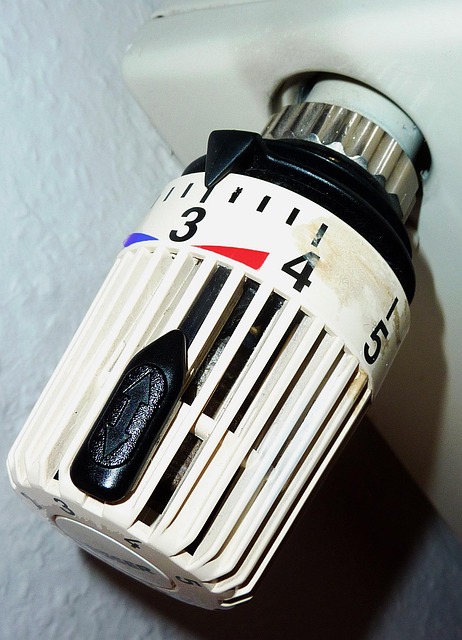Understanding Furnaces: Energy, Efficiency, Temperature, and Inspection
A furnace is the central component of many heating systems, converting fuel or electricity into heat for buildings and residences. This article explains how furnaces operate, what affects their efficiency, the role of different energy sources, how temperature control works, and why regular inspection matters. The goal is to give clear, practical information for homeowners and building managers considering maintenance, upgrades, or working with local services.

Common furnace types and how they work
Furnaces typically fall into a few categories: gas (natural gas or propane), electric resistance, oil-fired, and heat-pump systems that move heat rather than generate it. Inside a conventional combustion furnace, burners ignite fuel to create hot combustion gases; a heat exchanger transfers that heat to air, which a blower then distributes through ducts. Electric furnaces use resistive heating elements, while heat pumps use refrigerant cycles to extract and move heat. Each type involves components such as a thermostat, blower motor, heat exchanger, and safety controls.
Different furnace designs affect installation complexity, ongoing maintenance, and compatibility with existing ductwork. Understanding your system’s fuel type and basic operation helps when planning repairs, upgrades, or efficiency measures. For older units, particular attention should be paid to the heat exchanger and venting to ensure safe operation and to avoid carbon monoxide risks.
How can you improve furnace efficiency
Efficiency measures reduce energy use and operating costs and often extend system life. Regular filter changes, proper duct sealing, and ensuring adequate airflow are simple, high-impact steps. Upgrading to a high-efficiency furnace or installing a variable-speed blower and a programmable or smart thermostat can also improve seasonal efficiency. Insulation in the building envelope and proper sizing—neither oversized nor undersized—are crucial; an incorrectly sized furnace cycles inefficiently and wears out faster.
Periodic maintenance by a qualified technician includes cleaning burners, checking ignition systems, lubricating moving parts, and testing efficiency. Tracking annual energy consumption before and after changes can quantify gains. Note that reported efficiency ratings, like AFUE for combustion furnaces, indicate performance under standardized conditions; real-world results vary with usage patterns and climate.
What energy sources power a furnace
Furnaces run on a few primary energy sources: natural gas, propane, oil, electricity, and in a broader sense, renewable-derived electricity for heat pumps. Natural gas is commonly used where lines are available and often provides cost-effective heat; propane and oil are alternatives in rural areas. Electric resistance furnaces are simple but generally costlier to operate where electricity prices are high. Heat pumps are increasingly common for efficiency, especially when paired with low-carbon electricity.
Choice of energy source influences operating cost, emissions, maintenance needs, and local availability. Switching fuel types can require substantial equipment changes—replacing burners, venting, or the entire system—so consider both short-term costs and longer-term energy trends in your region. For accurate comparisons, consult local services and energy providers to understand rates and infrastructure in your area.
How to manage temperature and comfort with a furnace
Temperature control centers on a reliable thermostat and well-distributed airflow. Programmable and smart thermostats allow scheduled setpoints that lower energy use when a building is unoccupied and restore comfort before occupancy. Proper thermostat placement matters: avoid locations with direct sunlight, drafts, or heat sources that misreport room temperature. Zoning systems—using multiple thermostats or dampers—can direct heat where needed and reduce wasted heating of seldom-used spaces.
Balancing comfort and efficiency also involves insulating windows and doors, using window coverings strategically, and addressing drafts. Humidity can affect perceived temperature; in colder months, slightly higher humidity often improves comfort without changing actual temperature setpoints. Combining thermostat strategies with routine furnace maintenance helps maintain consistent, efficient heating.
When to schedule a furnace inspection
Regular inspection helps identify issues before they lead to failure or safety risks. Annual inspections are a common recommendation for combustion furnaces; these checks typically include combustion safety, gas line and venting integrity, heat exchanger condition, flame quality, and carbon monoxide testing. For electric or heat-pump systems, inspections focus on electrical connections, refrigerant levels (for heat pumps), and component wear. Between professional visits, visually inspect for unusual odors, soot, or changes in performance.
If you notice rising energy bills, uneven temperatures, frequent cycling, strange noises, or any sign of soot or rust, arrange an inspection with trained technicians. When seeking help, look for reputable local services with appropriate certifications and clear documentation of work performed. Routine inspection and preventive maintenance reduce downtime and can improve long-term reliability.
Conclusion
Understanding how furnaces operate and the factors that affect their performance—efficiency, energy source, temperature control, and inspection—helps owners make informed decisions about maintenance, upgrades, and interactions with local services. Regular attention to filters, airflow, thermostat settings, and scheduled inspections contributes to safer, more comfortable, and more energy-efficient heating over the lifespan of a furnace.






